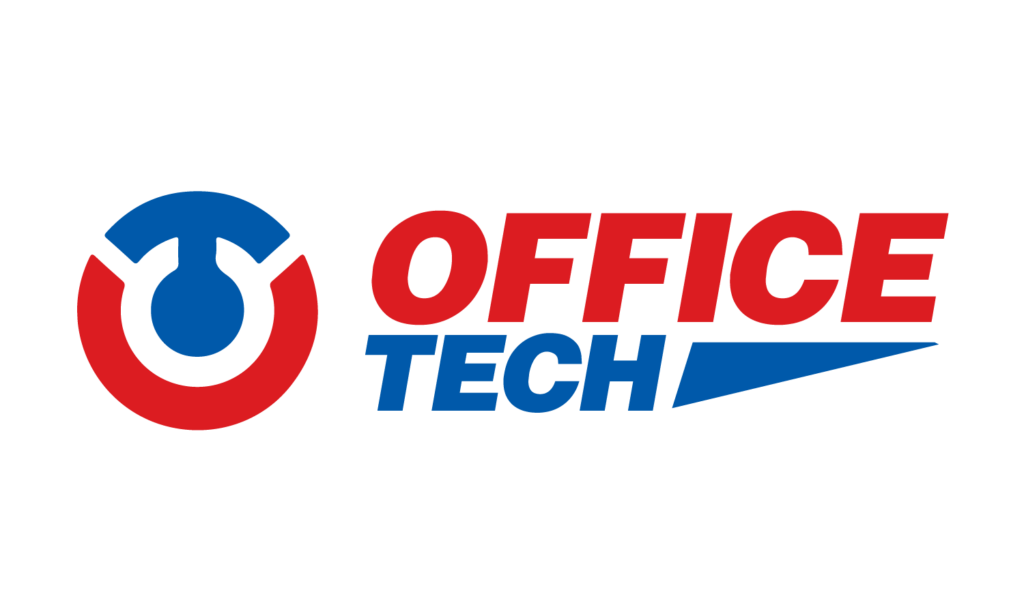 Printers are essential office tools, but they can be frustrating when malfunctioning. Whether it’s a paper jam, a connectivity issue, or mysterious error messages, dealing with printer problems is a common challenge. In this blog post, we’ll explore some helpful DIY printer repair tips to help you decide when to roll up your sleeves and fix it yourself and when to call a professional.
Printers are essential office tools, but they can be frustrating when malfunctioning. Whether it’s a paper jam, a connectivity issue, or mysterious error messages, dealing with printer problems is a common challenge. In this blog post, we’ll explore some helpful DIY printer repair tips to help you decide when to roll up your sleeves and fix it yourself and when to call a professional.
Common Printer Issues and DIY Solutions
Paper Jams
DIY: Carefully open the printer and remove any jammed paper. Check for torn pieces and clean the rollers.
Professional help: If the problem persists, especially with frequent paper jams, it might be a deeper mechanical issue requiring professional attention.
Connectivity Problems
DIY: Ensure all cables are securely connected, and make an attempt to restart your computer and printer.
Professional help: If connectivity issues persist, it could be a problem with the printer’s internal components or software, necessitating a professional diagnosis.
Low Print Quality:
DIY: Run a printer cleaning cycle, replace ink or toner cartridges, and check for clogged nozzles.
Professional help: If print quality remains poor despite DIY efforts, it might indicate a malfunctioning printhead or other internal components that an experienced technician can address.
When to Call a Professional
Error Messages:
DIY: Research error messages online for possible DIY solutions.
Professional help: If error messages persist or are unclear, seeking professional assistance can prevent further damage.
Hardware Failures
DIY: Basic troubleshooting is OK, but avoid disassembling the printer if unfamiliar with its internal components.
Professional help: Hardware failures, such as a malfunctioning motor or circuit board, require expert diagnosis and repair.
Firmware Updates
DIY: You can handle firmware updates if they are straightforward and provided by the manufacturer.
Professional help: If firmware updates are complex or risky, it’s best to let a professional handle them to avoid potential issues.
Preventive Maintenance
DIY: Regularly clean your printer, update drivers, and follow manufacturer-recommended maintenance procedures.
Professional help: To find and fix possible problems before they become serious ones, schedule routine professional maintenance. Knowing when to attempt a DIY printer repair and when to call in a professional is crucial for maintaining office productivity. While simple issues can often be resolved with DIY efforts, more complex problems require the expertise of a trained technician. Combining your troubleshooting skills with professional assistance when needed, you can keep your office printer running smoothly and avoid unnecessary downtime. Remember, a well-maintained printer is a reliable asset to any office environment.


